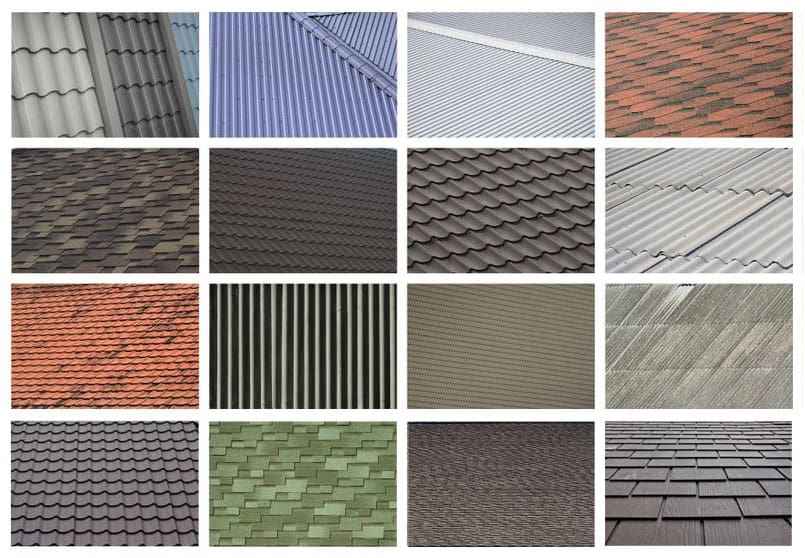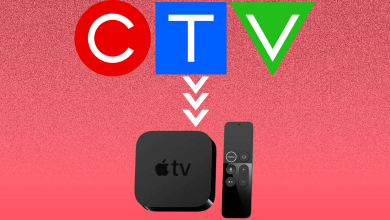Every year, the number of solar systems on the roofs of Americans increases significantly. According to the EIA, this trend will continue in 2023. The report indicates that approximately 54% of all planned electricity generation projects are based on solar technology. Moreover, there is constant development and improvement in this field. Modern suppliers offer a wide variety of installations.
They have different dimensions and construction, so they can be placed on the territory near the house or on the roof of the building. The last option is the most common since, in this case the rational use of the area is ensured. However, many owners do not understand the technology of their installation. In the prepared material, you will be able to learn about all the features of installation on the roof and the factors that need to be taken into account.
Contents
- What Should Be Checked Before Installing Solar Panels on the Roof?
- Features of the Territory and Location of the House
- Features of the Roof
- How To Install Solar Panels on the Roof?
- Site Preparation and Materials Collection
- Installation of Fasteners
- Fastening the System for Installing Solar Panels
- Installation of Solar Panels
- Connecting the Installation to the Inverter
- Connecting the Inverter to the Network
- Checking the Correctness of the System Connection
- Connecting the Inverter to Solar Batteries
- Conclusions
What Should Be Checked Before Installing Solar Panels on the Roof?
It is worth starting with the fact that the installation process is not simple. After all, you need to use special tools, know about the peculiarities of connecting systems, and also understand the rules for handling individual equipment. That is why experts recommend contacting specialized companies.
For example, they can be searched online. To do this, just search for ‘solar companies near me’. Specialists of such organizations will tell you what to check before installing structures. Usually, they recommend paying attention to the following factors:
Features of the Territory and Location of the House
Any solar panels on the roof will be most effective if direct sunlight falls on them. This factor is key to the installation of structures. After all, the productivity and level of electricity supply to the house depends on it. To ensure all the necessary conditions for this, it is worth checking the territory.
This is necessary to determine whether nothing will block solar panels on the roof from radiation. Special attention should be paid to green areas. Not only those plants that are already growing on the territory are important, but also those that have been planted recently. It is necessary to make sure in advance that they will not become an obstacle for sunlight to reach the surface of the panels.
Features of the Roof
To avoid problems during installing solar panels on homes, it is necessary to investigate the condition of the coating in advance. The tile must be completely intact without damage or weak spots. In addition, it must be strong and durable, since solar panels are usually operated for at least 20-30 years.
The roof must be in such a condition that it can withstand the load all these years. In addition, the weight of the solar panels should be taken into account. They are not heavy, but in any case, affect the condition of the roof. If you find even the slightest damage, it must be removed. In addition, to be sure, you should invite a specialist who would be able to check the roof.

How To Install Solar Panels on the Roof?
Currently, you can find many different tips and instructions for installing structures on the Internet. However, the best solution would be to contact a specialist who has the necessary knowledge and experience. Qualified specialists usually install in several stages.
Site Preparation and Materials Collection
It takes some time to install and connect the solar panels. That is why specialists first prepare the workplace and enclose it with a special fence. This allows you to reduce the impact of temporary inconveniences and ensure comfortable access to the roof.
In addition, at the first stage, the craftsmen collect all the necessary tools and check the solar panel systems. The work will require racks, photovoltaic cables, screws, a drill, mounting brackets, beams, and directly the components of the solar panels. For convenience, craftsmen wear a belt in which the necessary tools are placed. Fall protection gear is also a must.
Installation of Fasteners
Reliably fixing solar panels that are located on a sloping roof is quite a difficult task. It can be solved with the help of anchors that create support points on the tiles. To fix them securely, craftsmen have to raise part of the roof.
This is necessary because the anchors are mounted directly in the rafters in the attic. These elements ensure the formation of a stable base for fixing solar panels. If they are installed correctly, they create a strong foundation that will withstand even the worst weather conditions.
Fastening the System for Installing Solar Panels
When the anchors are securely fixed on the roof, the master moves to the next stage. It provides for the installation of a system that is necessary for fixing the solar panels. This frame usually occupies the main part of the roof.
It runs horizontally and vertically and thus forms the basis for the photovoltaic cells. Thanks to the frame, you can adjust the optimal angle of inclination to obtain the maximum amount of sunlight.
Installation of Solar Panels
This is the main stage of installing solar systems, during which they are fixed on the roof. First, the craftsman moves the solar panels onto the roof. Works are performed using special equipment. After that, the structures are fixed on the prepared frame. At this time, the master adjusts the angle of inclination and chooses the best placement. The stage ends by tightening all the nuts and bolts to secure the solar panels.
Connecting the Installation to the Inverter
Most kits on the market come with pre-wired cables. This means that they only need to be connected to the inverter. However, it is worth considering the design features of solar panels. Common small designs use a single string of wires connected to the inverter. In large systems consisting of several solar panels, there are more such sequences.
Connecting the Inverter to the Network
To ensure the transportation of solar electricity directly to consumers, the master connects the inverter to a special unit. It is placed inside the house and contains a special switch. If necessary, the specialist also connects to the system a device that provides a calculation of electricity volumes. This is necessary for monitoring indicators.
Checking the Correctness of the System Connection
The final step is always to test the functionality of the solar panels on the roof and check the connections. For this, the specialist turns on the system and waits for a certain time to make sure that all devices are working properly. If everything works correctly, then the work ends there. In the case of detection of failures, the specialist looks for the error and ways to eliminate it.
Connecting the Inverter to Solar Batteries
Sometimes homeowners choose solar systems that include solar panels. These devices ensure the accumulation of excess energy and supply to the system when necessary. If such a device is available, the installation process includes one more stage – connecting the inverter to the battery. This is done using special cables and tools.
Conclusions
If you do not know how solar panels are installed, then you should use a comprehensive approach to studying the procedure. This means that you must first analyze the condition of the roof and its features, choose the best option for solar panels for it, check the strength of the roof, and only then proceed to installation.
The process of installing solar systems is quite complicated. It requires proper preparation and the use of special tools. In addition, knowledge of electrical systems and the operation of solar installations, as well as the peculiarities of connecting to the grid, is required. That is why such work should be entrusted only to professionals.



